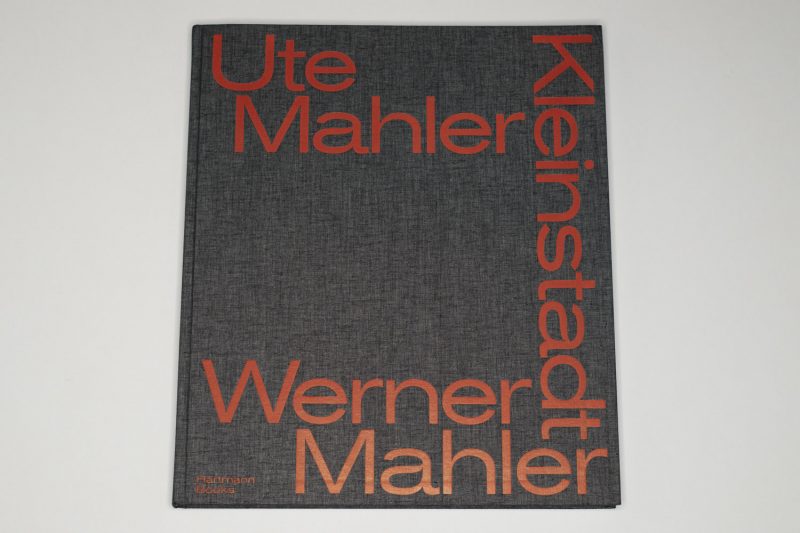When I grew up, there was considerable anxiety in the town I lived in about its status as a Großstadt. In Germany, a Großstadt (“big city”) is a city that has 100,000 inhabitants or more. Due to a variety of economical factors, various of them self-inflicted by the city’s leadership, Wilhelmshaven was teetering around said mark for a while, to drop just below around the time I turned ten years old. As is the case with many symbolic entities, the general hand wringing around this number stood in no relation to its actual importance.
By the time I left there, the city was already 10,000 people below Großstadt status (having lost essentially 10% of its population in a decade). Now it sits at around 75,000 people, a grim decrease if there ever was one, albeit one not unknown in those various places around the globe that have seen deindustrialization combined with governmental incompetence and outright indifference.
A Kleinstadt (“small town”), in contrast, is a town that has between 5,000 and 20,000 inhabitants (everything in between, the web informs me, is called a Mittelstadt, a term I had never heard of until I looked it up). For different reasons, the life of Kleinstädte (yes, that’s the German plural) is difficult. There is precious little to do there, so people — meaning of course especially younger people — tend to leave for life in the big cities (obviously not for Wilhelmshaven, but since we already established that it’s no longer a Großstadt that might be obvious anyway).
You would imagine that for this very reason Kleinstädte make for a very boring and/or depressing subject matter. Well, they do, and they don’t, as Ute and Werner Mahler demonstrate with their Kleinstadt (the book — in the following, I’ll stop using the German term unless it refers to the book). In a sense, as this artistic husband and wife team has demonstrated with their previous Die Seltsamen Tage (Strange Days), they use the camera the way a scientist employs a seismograph: what is recorded is a record of something larger that is moving underneath in a seemingly imperceptible manner.
So while their camera records only the surfaces that reflect light, these literal surfaces speak of forces operating on a much more profound level. To begin with, through their photographic treatment, the various locations visited by the photographers appear as one. There might be differences between the various small German towns, but a viewer wouldn’t necessarily be able to tell from the pictures. Travel to any of these places, and despite the variation in possible the shapes of the churches, the materials houses are made from, or in the few shops available, the visitor will come across a specific atmosphere — it is this atmosphere that is captured in the Mahlers’ photographs.
Having photographed people before, the photographers do so again, focusing on young people. These small towns have very little, if anything to offer to the young — it is they who leave for larger cities, in search of jobs, excitement, less confinement. But before they can leave, they will have to be old enough, and until then they will have to make do with what — and who — is available. In Kleinstadt, Ute and Werner Mahler widen their approach to work with large groups of people — meticulously arranged in often very surprising compositions.
Without these portraits of individuals, couples, and groups the book would would probably leave the viewer with an intense sense of dread; and that dread doesn’t fully evaporate as there are human faces to behold. But these human faces offer a glimpse of hope, while serving as a reminder that the dread felt by the viewer must (at least in part) be part of someone else’s daily life.
How or why Ute and Werner Mahler are not more widely known and appreciated beyond their native Germany escapes me. As a photographic couple, they’re without peers, especially in light of their fractured biographies caused by what is mostly being spoken of as German reunification.
I should add that given over the years I have become friends with Ute and Werner, my voice inevitably is biased.
While you might be able to discount what I have to say, you won’t be able to discount these photographs. Artistically, they operate at the highest level, fusing contemporary photography (which often is a bit on the cold, if not heartless side) with a sense of very slight (but equally skeptical) romanticism and a belief in the ultimate goodness of all those willing to pose for a picture, however difficult it might be these days to feel that such a belief is justified.
Highly recommended.
Kleinstadt; photographs by Ute and Werner Mahler; 144 pages; Hartmann Projects; 2018
Rating: Photography 5.0, Book Concept 3.0, Edit 4.0, Production 5.0 – Overall 4.4
Ratings explained here.
